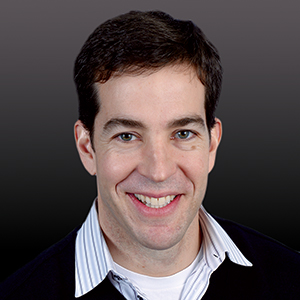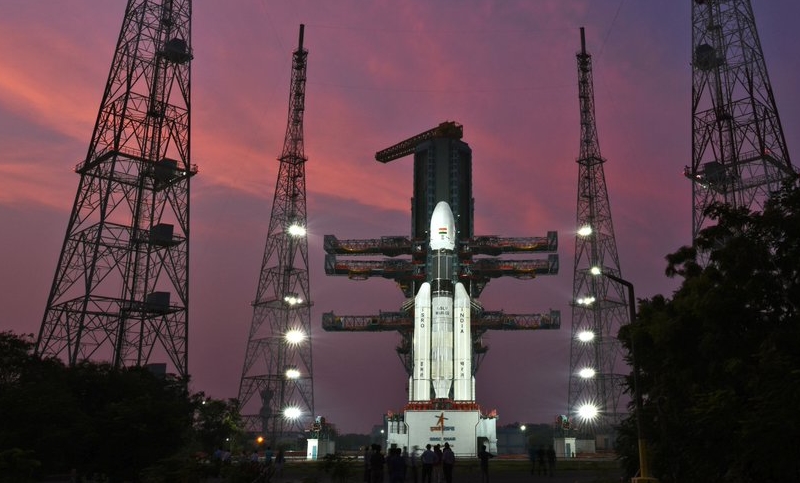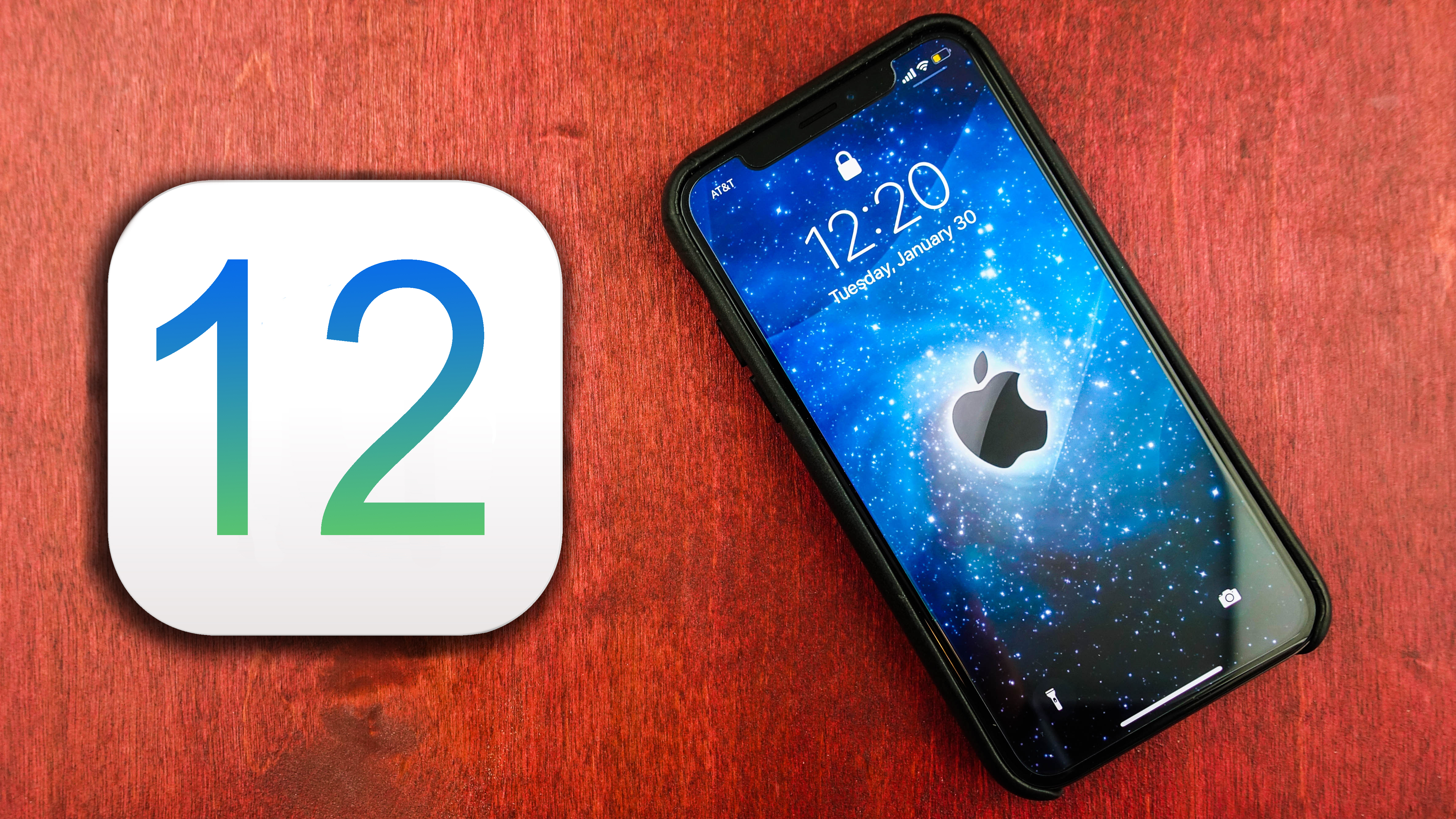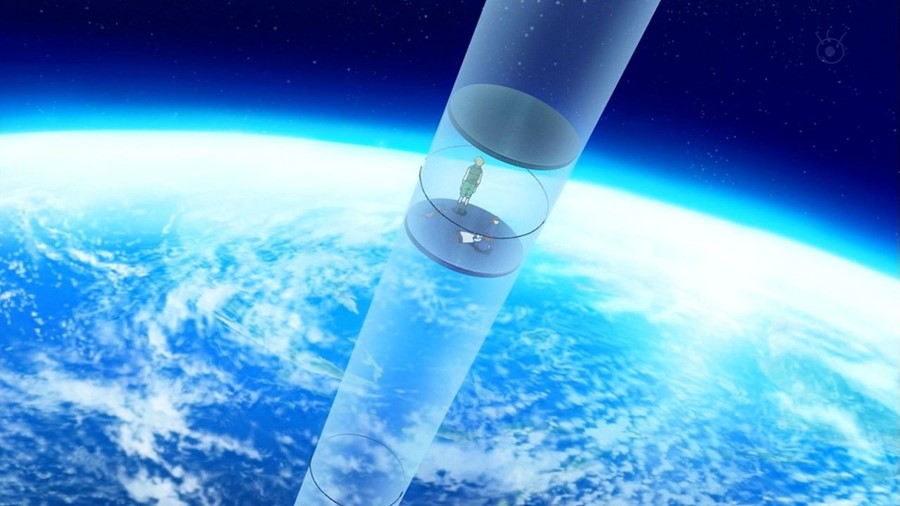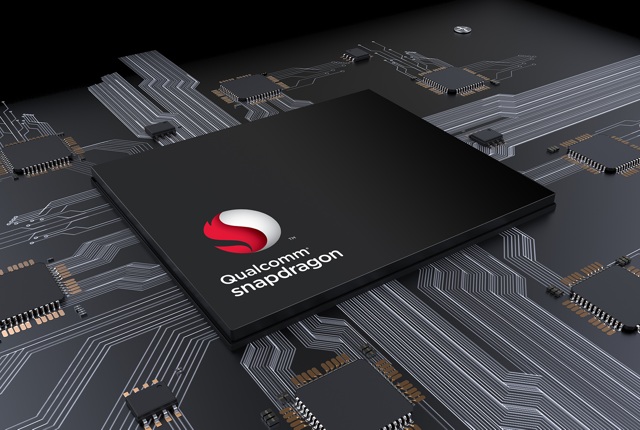Nike Makes Use of Augmented Reality and AI to Build a New Shoe Measuring Feature
According to the researches, 60% of the people worldwide wear the wrong shoe size, and even it has been almost a hundred years since the shoe size measuring tool, ‘Brannock Device’, was invented, many of the people have not used it to measure their real shoe size.
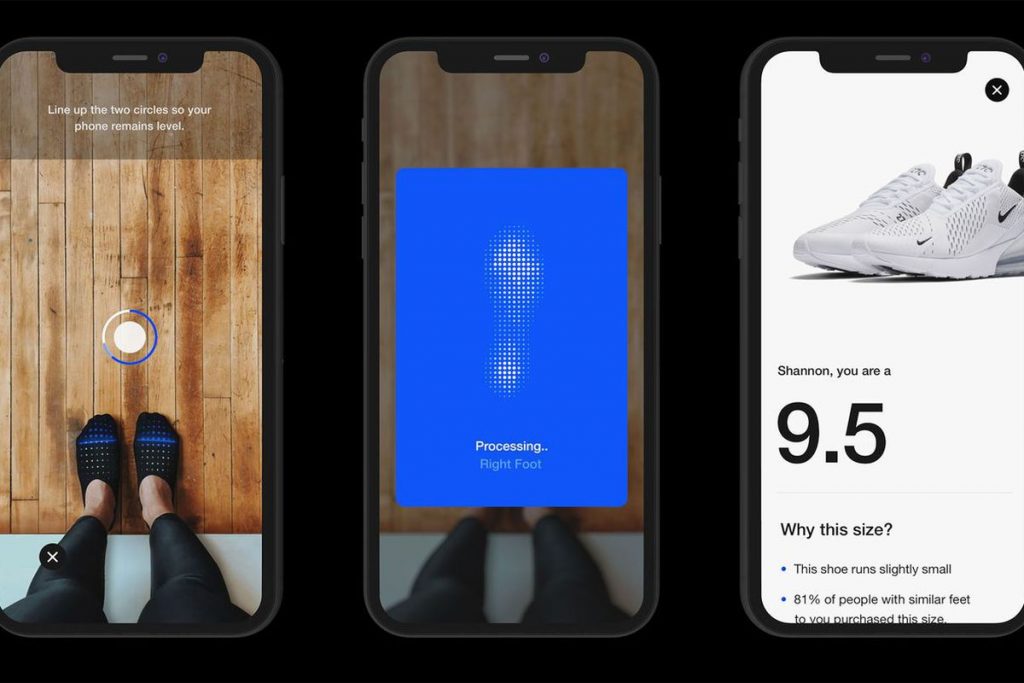
To fight with the struggle people go through while trying out their shoes and finding the right shoe size for them, the biggest sport shoe manufacturers, Nike, has developed a new AI-powered feature to measure the shoe size. The company had been working towards mixing technology with its products and has been exploring the augmented reality for quite some time now. And, finally, it has brought a shoe size measuring feature, ‘Nike Fit’, to its official app, with the help of AI.
The company was secretly testing the feature, at three of its U.S. stores, in Pasadena, Seattle, and Dallas. The company founded out that all the different shoes from the Nike fit the customers differently, as make and the material of those shoes are different.
The company has announced that all its stores will now have this new feature on the Nike app, which will help the customers to scan their foot and choose the right size shoes of every type, whether it is an Air Max, Jordans, Air Force Ones, or even a soccer cleat.
Use of this new feature in the stores will reduce a lot of extra work that the salesperson has to do in order to find the correct shoe size for the customers. In the retails, the customers will have to stand on a mat, and the salesperson will scan the foot size with the help of an iTouch device. After measuring the foot size, the app will provide all the options of shoes for the customer to choose from.
People can also use the feature on the app at their home. The process of measuring the foot is quite simple. After opening the mobile app, along with the select size option under a product, you will see a new option, for measuring the shoe size. As soon as you click on the option, the camera of the phone will open, and you will be asked to stand alongside a wall and scan your foot from the top. You will now have to click the button in between, and the right shoe size will render on your screen.
The new feature will make use of AI and the scientific data, to measure the shoe size of a customer. Using at least 13 data points out of 32 data points, the app is capable of efficiently measuring the correct shoe size for the customers. The launch of such technology has ignited the scope for measuring apps for other things, too. Like, while ordering online, people are often confused over their shoe or clothes’ size. But if this type of technology will be available on every online website, it will be easier for people to buy things without thinking much.

Yashica is a Software Engineer turned Content Writer, who loves to write on social causes and expertise in writing technical stuff. She loves to watch movies and explore new places. She believes that you need to live once before you die. So experimenting with her life and career choices, she is trying to live her life to the fullest.

